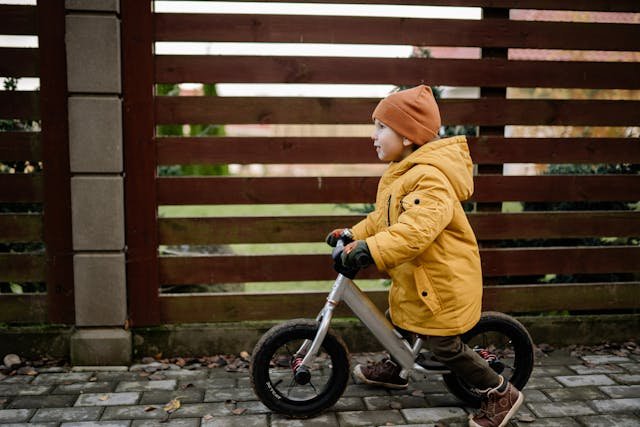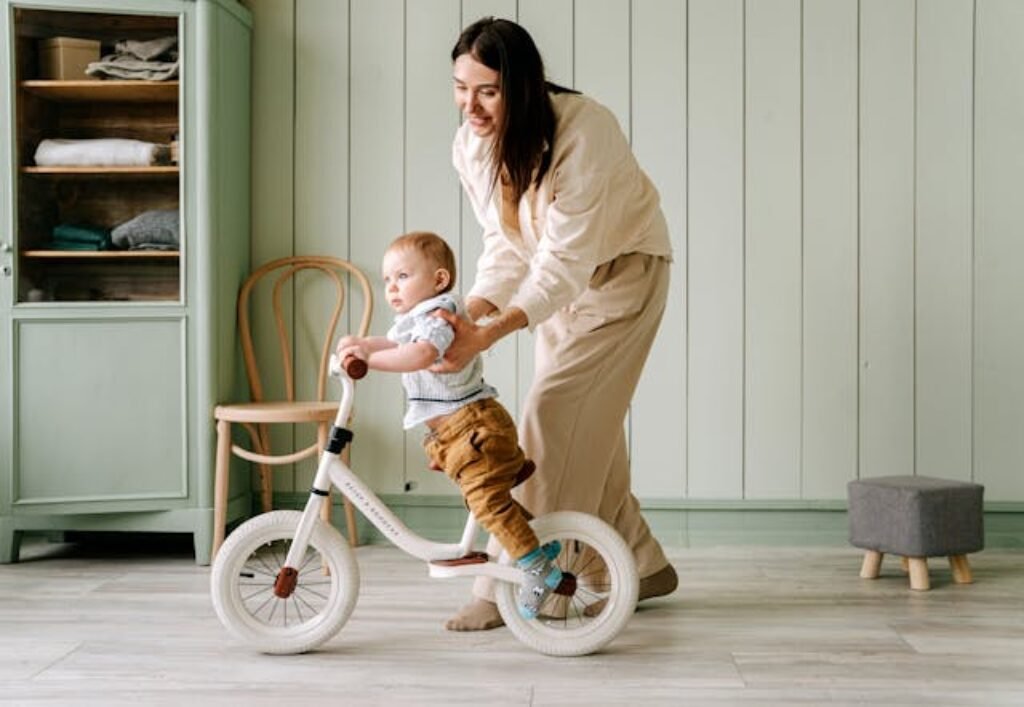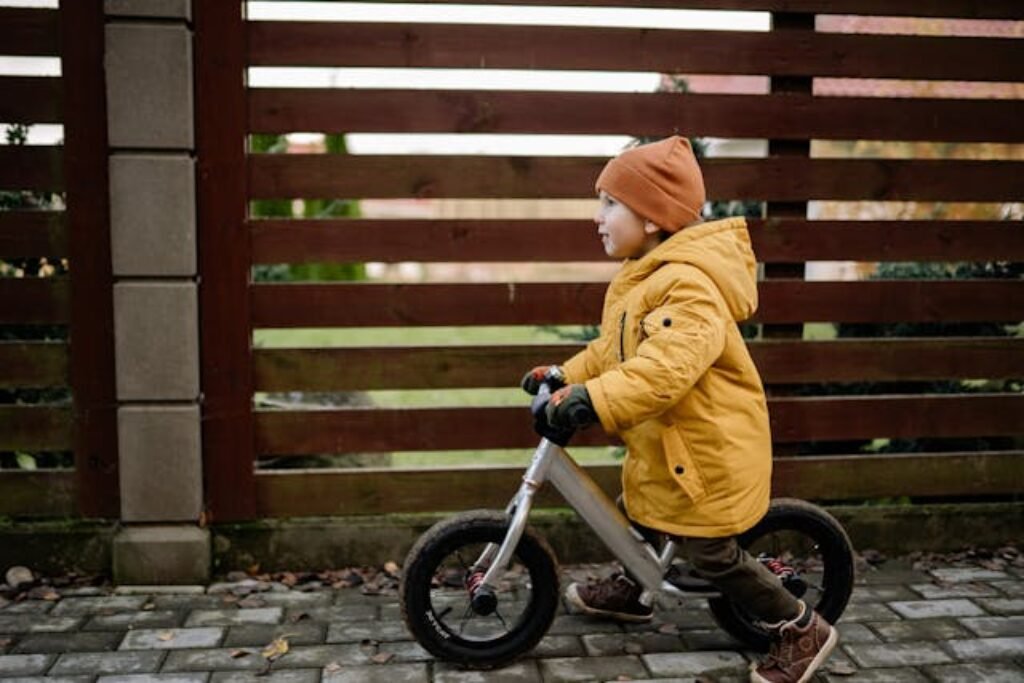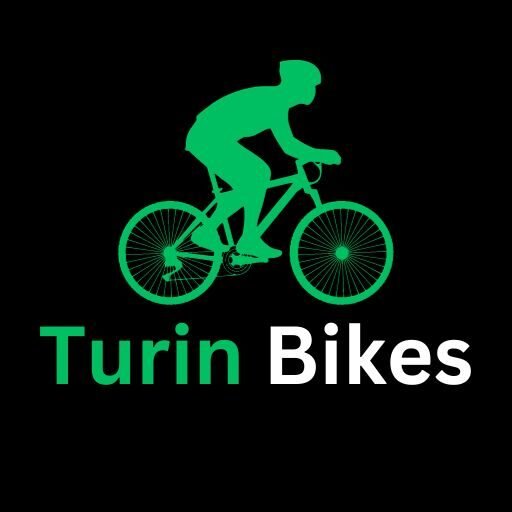
When my kids were ready for their first bike, I had the same questions you probably do: What is a balance bike? How do I pick the best one? Is it better than training wheels?
After testing different models (and watching my little riders grow in confidence), I can tell you: choosing the best balance bike for kids is one of the smartest parenting decisions I made. It gave my children independence, balance, and a love of cycling from the very beginning.
What Is a Balance Bike for Kids?
A balance bike for kids is a small, pedal-free bicycle that teaches balance first. Instead of wobbling on training wheels, kids push with their feet, glide, and learn coordination naturally.
👉 Put simply: training wheels teach pedaling, but balance bikes teach balance. And once kids can balance, pedaling comes easily.
- A balance bike for a 1-year-old (tiny wooden or lightweight steel frames) helps toddlers practice walking and scooting.
- A balance bike for a 2-year-old is usually a 12-inch model with low seat height.
- By age 3–5, kids are ready for slightly larger, adjustable bikes (sometimes with hand brakes).
For bigger kids (5–7 years old), there are larger 14–16 inch models — yes, there are even balance bikes for 7-year-olds.
Why I Chose a Balance Bike Instead of Training Wheels
I grew up with training wheels, but I noticed something different when I introduced my kids to balance bikes:
- My 3-year-old skipped training wheels completely and rode a pedal bike in less than a week.
- My taller 5-year-old needed a bigger frame, so I researched the best balancing bike for tall kids — and found options with higher seat ranges.
- For my smaller toddler, I looked into the best balance bike for short kids, making sure inseam fit was right.
Balance bikes simply work faster. Research shows they improve core balance, confidence, and coordination — especially for kids with motor delays or balance issues.
How to Choose the Best Balance Bike for Kids
Here’s the step-by-step approach I used:
Step 1: Find the Right Size (Age & Inseam)
- Balance bike for a 1-year-old → mini 10–12 inch bikes, lightweight.
- Balance bike for a 2-year-old → most popular size, adjustable seats, 12-inch wheels.
- Balance bike for a 3-year-old → taller frames, air tires, optional brakes.
- Balance bike for a 5-year-old or 7-year-old → 14–16 inch models, sometimes convertible to pedals.
👉 Rule of thumb: seat height should be 1–2 inches lower than inseam. Feet must touch the ground flat.
Step 2: Pick the Frame Material
- Steel balancing bikes for kids: durable, classic, often heavier.
- Aluminum balancing bikes: lightweight, rust-resistant.
- Wooden bikes: eco-friendly but less adjustable.
For my toddler, aluminum was the best — strong, light, and easier to carry.
Step 3: Check the Weight & Adjustability
If the bike feels heavy, kids won’t want to use it. Look for:
- Weight less than 30% of your child’s body weight.
- Adjustable seat + handlebars (important for tall or growing kids).
Step 4: Choose the Right Tires
- Foam/plastic → never go flat, lightweight, good indoors.
- Air (pneumatic) → smoother ride, better traction, more “real bike” feel.
My son rode a Woom balance bike with air tires, and it made outdoor rides way smoother.
Step 5: Look for Brakes & Safety Features
- Hand brakes: helpful for older kids (3+).
- Steering limiter: reduces sharp turns that cause falls.
- Helmet & pads: always non-negotiable.
Types of Balance Bikes for Kids
- Standard balance bike: lightweight, simple — perfect starter.
- Convertible balance bikes for kids with pedals: grow with the child (start as balance, add pedals later).
- Electric balance bikes for kids: powered options for older toddlers and big kids who want more fun.
- Specialty balance bikes: for kids with balance issues, or MTB-style balance bikes for trail families.
Best Balance Bikes for Kids: My Top Picks
Here are my personal favorites based on testing, reviews, and community feedback:
- Best Overall Balance Bike for Kids – Woom 1
Lightweight, air tires, adjustable. Perfect for ages 1.5–4. - Best Budget Balance Bike – Strider 12 Sport
Affordable, grows with your child. Great balance bike for a 2-year-old. - Best Lightweight Balance Bike – Cruzee
Incredibly light, ideal for short kids or toddlers. - Best Balance Bike for Bigger Kids – Prevelo Alpha Zero / 14-inch options
Good for taller kids (ages 4–6). - Best Electric Balance Bike for Kids – Stacyc 12eDrive
Motorized balance bike for adventurous bigger kids (ages 3–7). - Best MTB Balance Bike – Kids Ride Shotgun Dirt Hero
Knobby tires, trail-ready for outdoorsy families.

How Much Does a Balance Bike Cost?
- Budget ($70–$100): simple, good starter, fewer features.
- Mid-range ($150–$200): lightweight, air tires, adjustability.
- Premium ($250–$300+): best materials, resale value, brand reputation (like Woom or Prevelo).
Tip: I sold my child’s mid-range balance bike secondhand and got nearly half the money back — good bikes hold value.
What to Avoid When Buying a Balance Bike?
Choosing the right balance bike for your child is crucial for their safety, comfort, and riding success. Here are common pitfalls to avoid to ensure you select a high-quality bike:
- Wrong Size: A bike that’s too large or too small can hinder learning and cause discomfort. Always check your child’s inseam length and compare it to the bike’s adjustable seat height range. Your child should be able to place their feet flat on the ground while seated.
- Heavy Frames: Avoid heavy balance bikes that can be difficult for small kids to maneuver and carry. Lightweight frames made from aluminum or composite materials are preferable as they support better balance and control.
- Lack of Adjustability: Kids grow quickly, so a bike without adjustable seat and handlebar heights can become unusable fast. Opt for models with easy and secure adjustment mechanisms.
- Questionable Safety: Steer clear of bikes without proper safety certifications or those with sharp edges, loose parts, or poor-quality brakes (if included). Ensure the bike has non-slip grips and a stable design.
How to Spot Low-Quality or Unsafe Bikes:
- Check for reputable brand names and positive verified reviews.
- Avoid bikes with cheap materials like brittle plastic or poorly finished edges.
- Watch for bikes that don’t meet basic safety standards or lack recall information.
- Review watchdog and consumer reports to verify bike safety history.
Industry authorities like the Consumer Product Safety Commission (CPSC) recommend always checking for product recalls and certifications before purchase.

How to Teach Your Child to Ride a Balance Bike
Teaching your child to ride a balance bike can be a rewarding experience. Here’s a simple step-by-step guide tailored to different age groups and confidence levels:
- Introduce the Bike: Let your child explore the bike off and on, pushing it around with their feet to get familiar with its feel.
- Start with Walking: Encourage walking while sitting on the bike with feet touching the ground to build confidence in balance.
- Gliding Practice: Gradually guide your child to lift their feet and glide for longer stretches as their balance improves.
- Turning & Stopping: Teach turning by steering gently and how to put feet down to stop safely.
- Increase Duration: As confidence grows, increase the time and distance of rides on safe, flat paths.
Safety Advice for Parents:
- Always supervise your child closely to prevent accidents.
- Make sure your child wears a properly fitted helmet.
- Choose safe practice areas — smooth pavements, parks, or quiet driveways free from traffic and hazards.
- Dress your child in bright, visible clothing for outdoor rides.
Bonus Tips from Experts and Parents:
- Keep sessions short and fun to maintain interest.
- Praise every small success to boost motivation.
- Let your child progress at their own pace — never force them to ride before they’re ready.
- Cycling instructors recommend practicing two to three times per week for steady progress.
With patience, the right bike, and a safe environment, your child will gain confidence and master riding in no time.
What Comes After a Balance Bike?
Many parents ask: “What bike for kids after balance bike?”
Answer: Once they master balance, most kids jump straight to a pedal bike — no training wheels needed. Some families choose balance bikes with pedals (convertible models) to make the transition smoother.
Conclusion: Why a Balance Bike for Kids Is the Best Start
Looking back, choosing a balance bike for my kids was the best way to teach them confidence and independence. From my 2-year-old’s first wobbly scoots to my 5-year-old riding trails, every step was smoother with the right bike.
👉 If you’re shopping, start with your child’s inseam, pick something lightweight, and think about where they’ll ride. Whether it’s a budget Strider or a premium Woom, the right balance bike for kids will give them freedom on two wheels — and a big smile on their face.
💬 I’d love to hear from you: are you considering a balance bike for a 1-year-old, a bike for bigger kids, or even an electric balance bike? Drop a comment with your pick!
What’s the best balance bike for a 1-year-old?
Look for lightweight wooden or aluminum bikes with very low seat height (like Cruzee or Early Rider).
What’s the best balance bike for a 2-year-old?
Strider 12 Sport or Woom 1 — both adjustable and great for small riders.
Can tall kids still use balance bikes?
Yes — look for 14–16 inch models (Prevelo, Frog). There are balance bikes for 7-year-olds.
Are there balance bikes with pedals?
Yes, some convertible models let you add pedals later.
Are electric balance bikes safe for kids?
Brands like Stacyc make them for ages 3+ with parental speed controls. They’re fun but should be used with helmets and supervision.
Meet Sachin Kumar, an avid cyclist and bike enthusiast with a passion for two-wheeled adventures. At our Turinbikes site, Sachin shares expert insights, thrilling ride experiences, and tips for fellow bike lovers.



